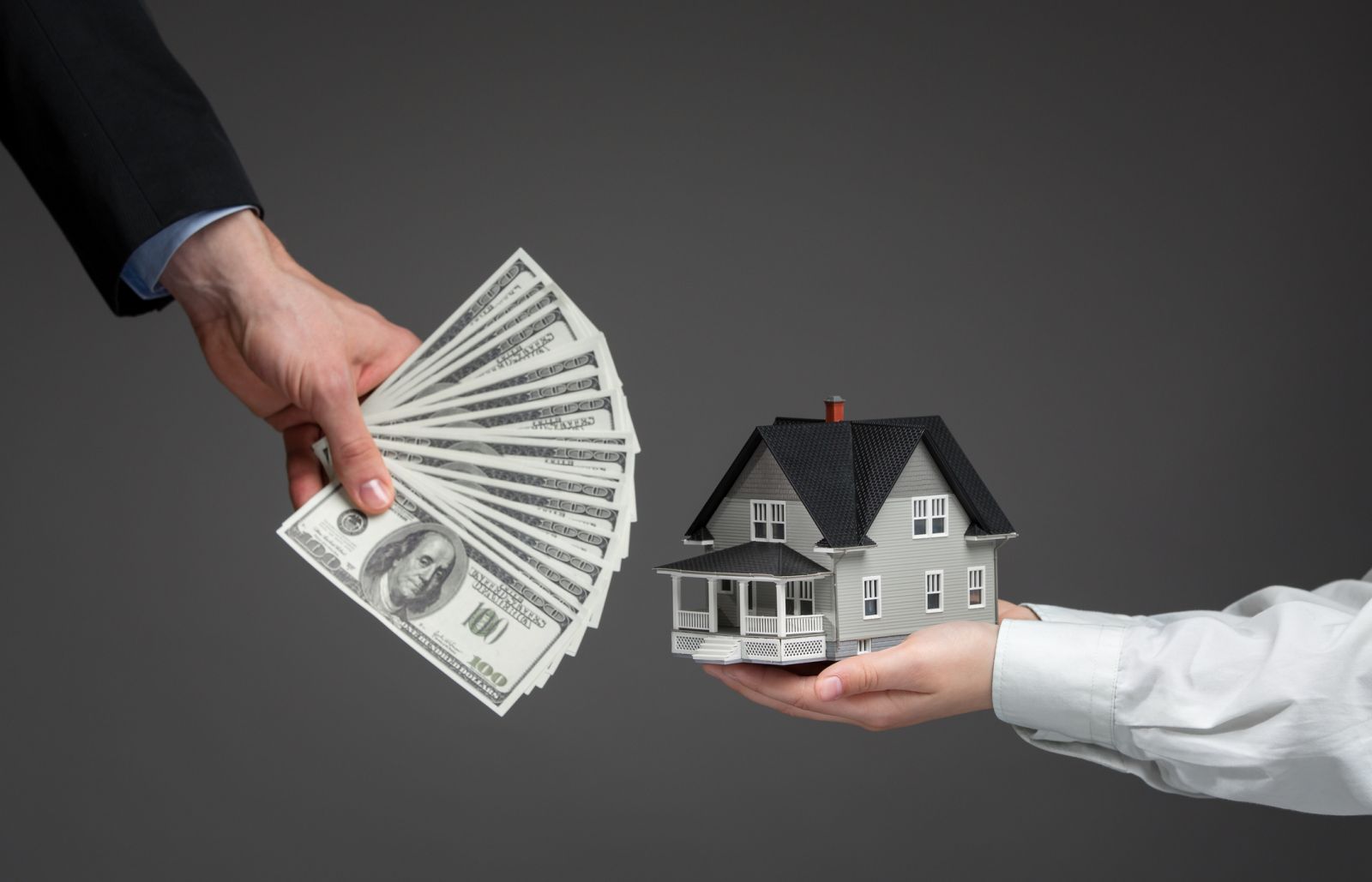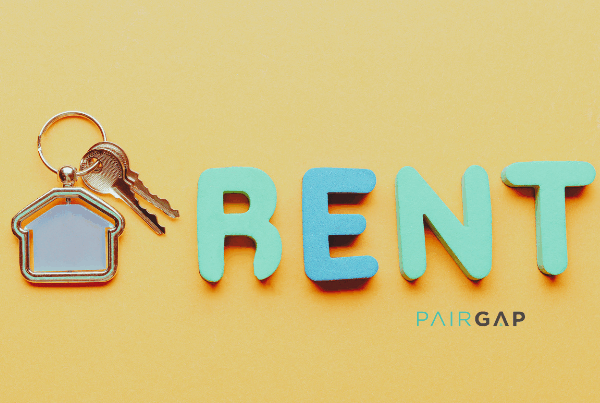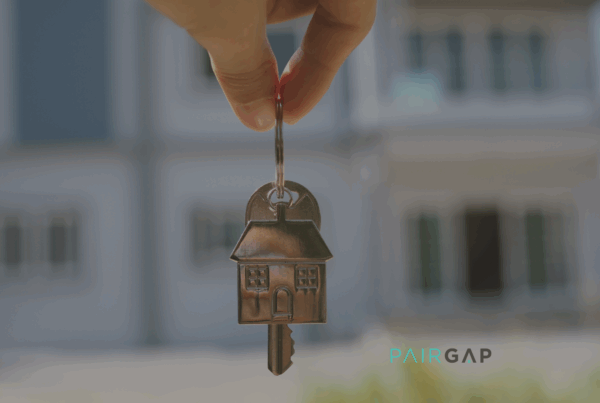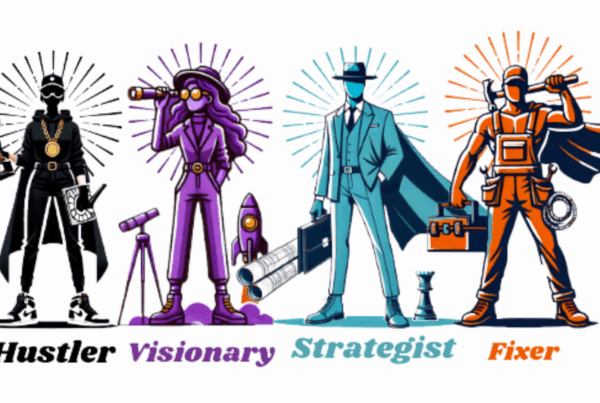Saving a down payment is an essential step on the journey to homeownership. You might think you need a huge chunk of money upfront, but that’s not always true. Of course, the more down payment you have, the smaller your mortgage will be; but shelling out tens of thousands of dollars isn’t always realistic. Instead, consider different down payment percentages and scenarios when you’re looking to purchase.
20%
This is a great number. It makes lenders confident that you’re fully prepared for homeownership and makes you an appealing buyer to sellers. With a 20% down payment, you’ll avoid paying private mortgage insurance (PMI) and also set yourself up for a good interest rate. If 20% is unrealistic for you, don’t worry, keep reading.
5%-10%
You can still get a conventional loan with a smaller down payment of about 5% when your loan is $417,000 or less and 10% if it’s higher. This option will make your monthly mortgage payments a bit higher for three reasons. First, you’re taking out a larger loan. Second, your interest rate will be higher. Third, you’ll need to pay private mortgage insurance (PMI) is a lender’s protection if you default on your primary mortgage, and the home goes into foreclosure.
Since you are putting down under 20%, you may need to pay PMI to offset the risk to the lenders who grant you a home loan. This might seem like a bummer, but if your other monthly debts are manageable, it might not be a deal-breaker.
Also, when you get a conventional loan, PMI doesn’t stick around forever. When your mortgage balance drops under 80% of the home’s original value, there are a few ways to get rid of it. So while it might not be ideal, you don’t necessarily need to rule out a mortgage just because of PMI.
3%
The 3%-down conventional mortgage.
The standard 3%-down loan, known as the “Conventional 97,” is available to first-time homebuyers, which is defined as at least one borrower hasn’t owned a home within the past three years. There are no income restrictions, and pre-purchase homebuyer education is not a requirement.
3.5%
If your credit score is above 580, you’ve been employed for the last two years, and you’re buying a property to be your primary residence, you may qualify for an FHA loan that only requires a 3.5% down payment. To get these 15 or 30-year fixed-rate mortgages, you’ll need to meet a few other criteria, but FHA loans can be a great option for people with lower incomes or less-than-perfect credit. Expect your monthly mortgage payments to be higher, as you’ll need to pay mortgage insurance, and be aware that you’ll need to pay PMI for the life of the loan.
0%
This is only an option for certain people. But are you an active or retired service member? Or do you live in a rural area? If so, you might qualify for a loan from the U.S. Department of Veteran Affairs or the U.S. Department of Agriculture’s Rural Development Program that does not require a down payment.
The co-owning percent
When you co-buy a home through services like Pairgap, you split the costs of owning a property with a partner (or partners) which can dramatically increase your purchasing power while reducing your individual costs. If you have a 10% down payment and your partner has 10%, you’ve hit that magic 20%. If you’re buying as a team of three, your share of the down payment can be even lower. Before you dismiss homeownership as too expensive, make sure you’ve considered all your options and all your potential partners.



